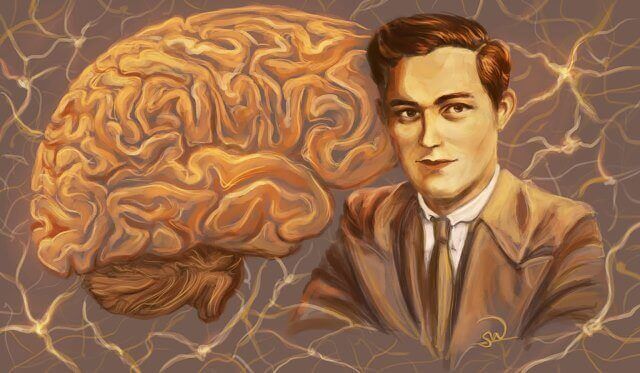Neuroscience has advanced through extensive research that includes common clinical cases, but also really surprising cases, some of these cases have stood out mainly because their contributions have been decisive in understanding the functioning of the brain.
Has human beings resisted admitting that the call?Soul? Or the call? Heart?They actually correspond to processes that occur in the brain. The most important of these classic clinical cases is that, in one way or another, show the action and functioning of the brain in our psychic world.
“Every man may, if he wishes, be a sculptor of his own brain. -Santiago Ramón and Cajal-
We’re still a long way from understanding the brain. However, step by step, we move forward, unraveling some mysteries and uncovering others. The three clinical cases presented below deserve to be remembered and taken into account for what they represented in this regard.
Phineas Gage was a U. S. railroad worker who suffered an unusual accident, in September 1848 the young worker had to blow up a stone, but he made a mistake and the explosion occurred earlier than expected. As a result of this calculation error, Phineas flew more than 20 meters, was also hit by a metal bar that stayed on his cheek and pierced his skull, coming out of his forehead.
Dr. Harlow responded and left his testimony of what had happened, the doctor was very impressed by the fact that Phineas remained conscious after the accident and showed no signs of loss of contact with reality, underwent a healing that lasted only 10 weeks and at no time was it shown that he had lost his cognitive abilities.
After his recovery, Phineas Gage returned to his normal work, but began to show several changes in his personality, before he was a quiet man and became very angry, the same thing happened with other traits, this is one of the clinical cases that has become a classic because it represents evidence of patterns of behavior – or even what we call personality – are physically related to the brain.
Despite this, some researchers suggest that the effect of trauma has not been sufficiently studied and have a deformed face, factors that, in the opinion of some researchers, may also have had a major impact on the change experienced by Phineas.
It is also one of the clinical cases that have impacted the world of science when it comes to brain function. We’re talking about Henry Molaison, who made history as patient HM. At the age of 27 he underwent surgery during which he was removed from his brain, which included the hippocampus and a piece of the amygdala, with the aim of ending the epileptic seizures suffered by this man.
The result of the surgery was surprising to say the least, the patient in HD became unable to store new memories, remembered everything that had happened before the operation, but nothing else, this man lived forever, and literally, in the present. all right after that happened. For example, if someone came in, greeted him and then left immediately, when a few minutes later the same person returned, HM could not recognize him.
Throughout his life, the HM patient lived surrounded by doctors and amid the terrible tragedy of not being able to form new memories, he died in 2009, his case being one of the best known clinical cases, his brain autopsy was performed with live transmission over the Internet. In the process, it was discovered that the most deteriorated area of your brain was the “entorrinal cortex”, the same one that is compromised in the early stages of Alzheimer’s disease.
Donald was a man who murdered his girlfriend under the influence of PCP (fenciclidine), then he remembered nothing. Based on these facts he was diagnosed with organic amnesia, after leaving a psychiatric hospitalization, Donald was violently beaten in the head and fell into a coma, when he awoke something incredible began to happen.
Donald began to remember the murder over and over again, until that memory became uncontrollable. He continually saw the murder in his mind and recreated it over and over again, something desperate for him. In addition, Donald had seizures and numbness on the left side. side of his body.
Donald’s case is one of the most mysterious clinical cases, science has not yet explained why a lost memory has returned, let alone you know why, when the memory returned, it manifested itself so disturbingly to the patient, something that was more concerned than memory itself.
These are some of the most relevant clinical cases in history, each of them has allowed us to advance, sometimes blindly, in the field of knowledge of brain function, unfortunately the people who made this progress possible have suffered the effects of not having a “normal brain”, but have left a great gift from humanity.

